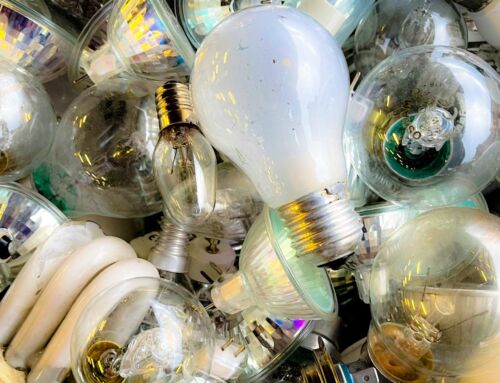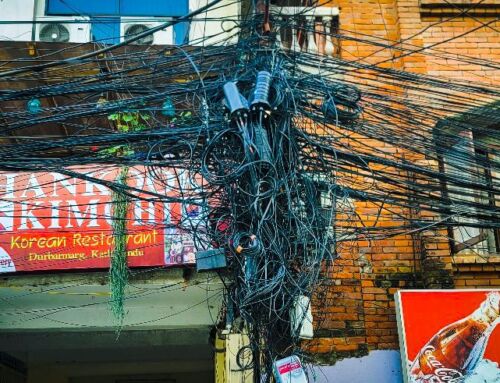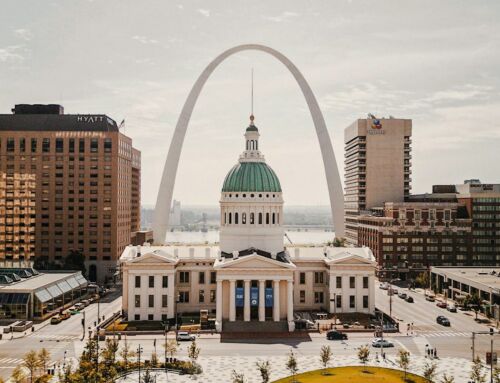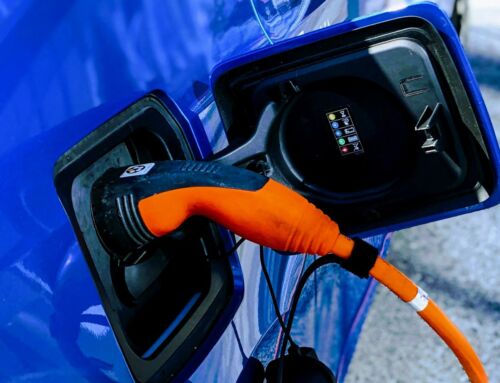View by Topic
Recent Articles
-
Federal Government Finalizes New Efficiency Standards for LightbulbsSaturday, April 13th, 2024
-
2024 IECC is Final After Addressing Preemption IssuesSaturday, April 6th, 2024
-
Settlement Portends Broad Failure in Attempts to Ban Natural GasSaturday, March 30th, 2024
-
SEC Climate Disclosure Rule Stay and Venue Now in the 8th CircuitSaturday, March 23rd, 2024
-
EV Charger Data ApocalypseSaturday, March 16th, 2024
View by Month/Year
“Green Building Law Update” Headlines
Recent Articles & News from
Stuart Kaplow’s blog
at GreenBuildingLawUpdate.com
- Shedding Light on the Future: The Evolution of Lightbulbs in the Wake of New Energy Efficiency Standards April 14, 2024
- 2024 International Energy Conservation Code is Final After Addressing Preemption April 7, 2024
- Settlement Portends Broad Failure in Attempts to Ban Natural Gas March 31, 2024
- SEC Climate Disclosure Rule Stay and Venue Now in the 8th Circuit March 24, 2024
Subscribe to the Green Building Law Update!
Stuart Kaplow brings his expertise and extensive experience to the table with his unique digital publication, "Green Building Law Update". Subscribers receive regular updates to keep them informed about important issues surrounding Environmental Law, Green Building & Real Estate Law, as well as the emerging demand for Environmental Social Governance (ESG).
Get fresh content through the lense of Stuart Kaplow's cutting-edge expertise, innovative commentary and insider perspective. Don't miss another issue! Subscribe below.

Is the 2018 IgCC Doomed to Fail?
Last week the ICC and ASHRAE issued joint news releases on the status of the “unified green building code that could become the foundation for LEED certification” that will be published as the 2018 version of the International Green Construction Code.
This blog regularly advances the postulate that green building is the ideal means of mitigating the negative impacts that human activity has on the planet; and that green building can save mankind and our current way of life.
But the query that devolves from that theorem, is whether green building codes or other mandatory green laws can save our current way of life?
Ideally, green and for that matter other laws, promote innovation and create an environment rich for investment. The Patent Act of 1790, signed into law by President George Washington, gave inventors rights to their creations and laid the foundation upon which business would thrive in the new United States. In an example of the best and worst of laws on the same subject, on January 27, 1880, Thomas Edison received the patent for his incandescent lamp that paved the way for the universal domestic use of electric light (ultimately allowing mankind to work, study and play after sundown). But on December 19, 2007, President George W. Bush signed the EISA 2007 banning that Edison 100 watt incandescent lamp because it converts 90 percent of its energy into wasted heat, which we all noticed when we burned our fingers trying to remove a bulb before it cooled down. But should the federal government have made the manufacture and importing of a light bulb illegal?
Many believe that a voluntary, non mandatory approach to environmental protection is the best hope for stewardship of our planet; hence the broad brand and wide market share acceptance of LEED. Many also believe that burdening owners of terra firma with yet more and other government mandates is wrong and will not be efficacious.
The broad failure of the IgCC to be implemented as a mandatory green code, except in literally a handful of places across the country, suggests a building code that goes far beyond life safety is going too far. And that ASHRAE 189.1 has only be implemented by the U.S. military and by no one else, is equally damming. Additionally, attempting to mandate that a private land owner must build a LEED or Green Globes certified structure misuses the voluntary rating systems.
Imposing civil penalties or criminalizing the failure of a landowner constructing a building to obtain a green building certification (while obviously not in the same order of magnitude as the penalty of death imposed by the Code of Hammurabi for failure to construct a building properly) raises very real issues of how efficacious that sustainable project will be toward saving the planet when the owner is only pursuing a number of points to avoid legal jeopardy.
Last week the update announced “the IgCC powered by 189.1” will become the 2018 version of the IgCC, due to be published in summer 2018. Significantly, that update went on to say,
once the technical content of the 2018-IgCC are known (following the handoff from ASHRAE to ICC later this year), the USGBC will undertake an analysis of the measures from the model green code and compare them to LEED requirements. This process will begin while the 2018-IgCC is being codified.
However, at this time of major changes to the national environmental agenda, there is no will for new codes, green or otherwise. The powers that be at the federal government and elsewhere, are concerned with matters of rolling back EnergyStar, WaterSense and other programs that can be transferred to the private sector, and certainly not creating new regulatory schemes.
The ICC did not retain its IgCC committee after 2015, disbanding the small but vocal natural constituency for the next green code. Thus the very small number, but likely adopters of a 2018 IgCC will be the jurisdictions that today have an existing mandatory LEED law that will replace it with required IgCC compliance.
But even without any significant market penetration of the existing IgCC or other mandatory green laws, the marketplace shift in the U.S. to green building has been dramatic. Today, on the East and West coasts, not only does a ‘class A’ building require green building certification, but nearly half of all non-residential construction across the U.S. will be green. Green building will soon be the norm and anything else will be substandard. With its current brand acceptance and market share, much of that green building will be voluntarily third party LEED certified.
Green building can save the planet. Green building laws that promote innovation and create an environment rich for investment in real estate can save mankind and our current way of life. But the 2018 IgCC will simply not be widely adopted. And depending upon your definition that is failure.









